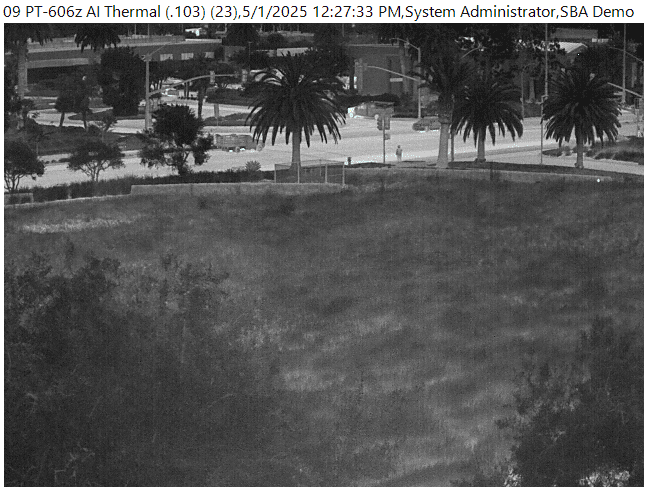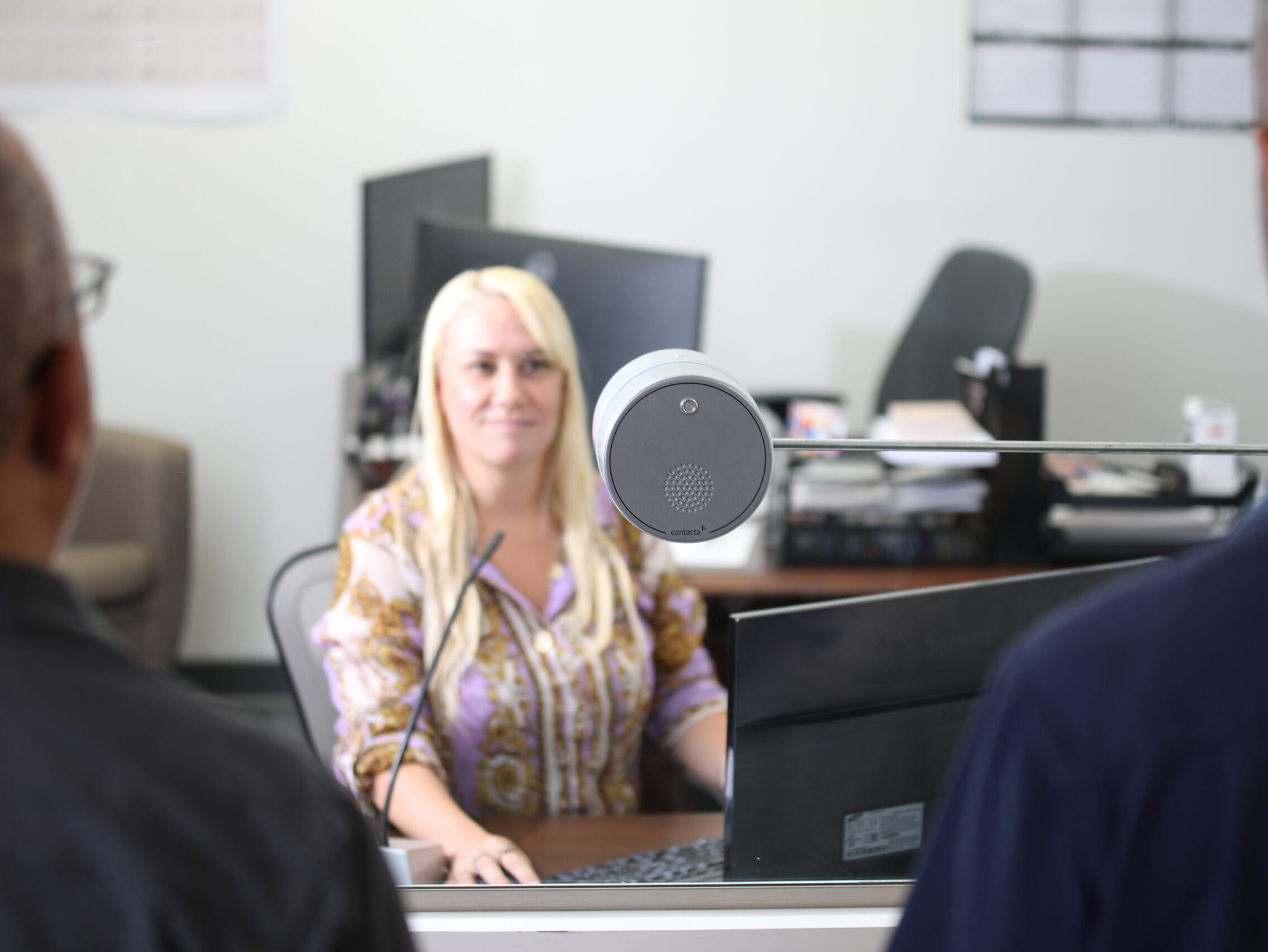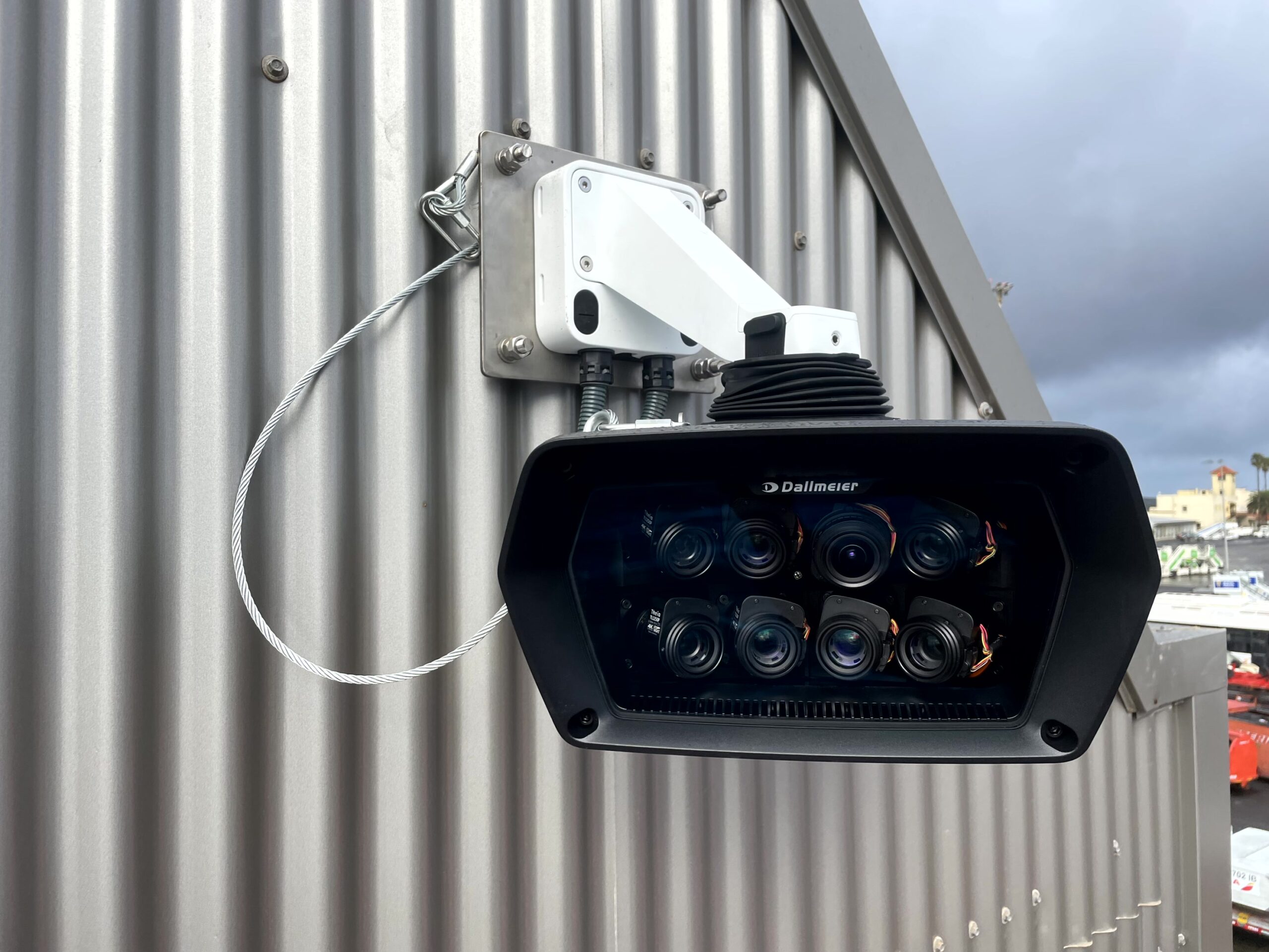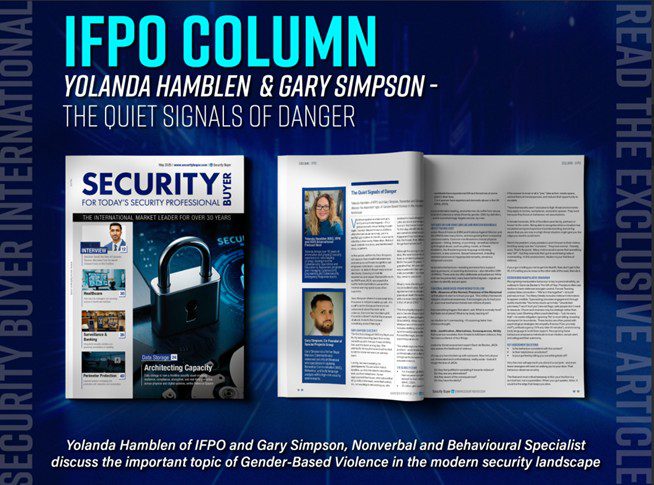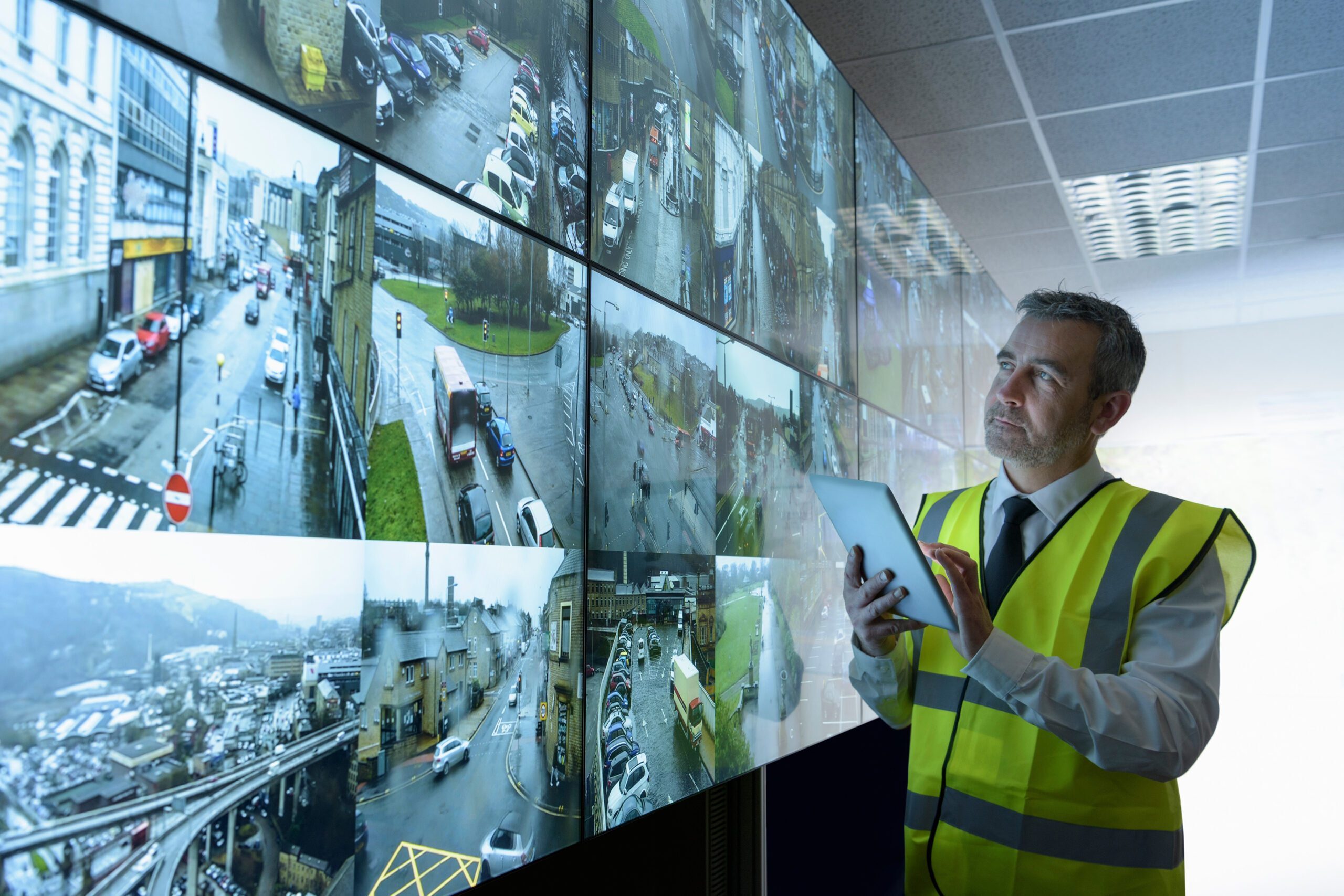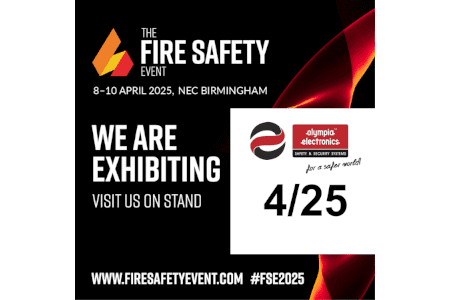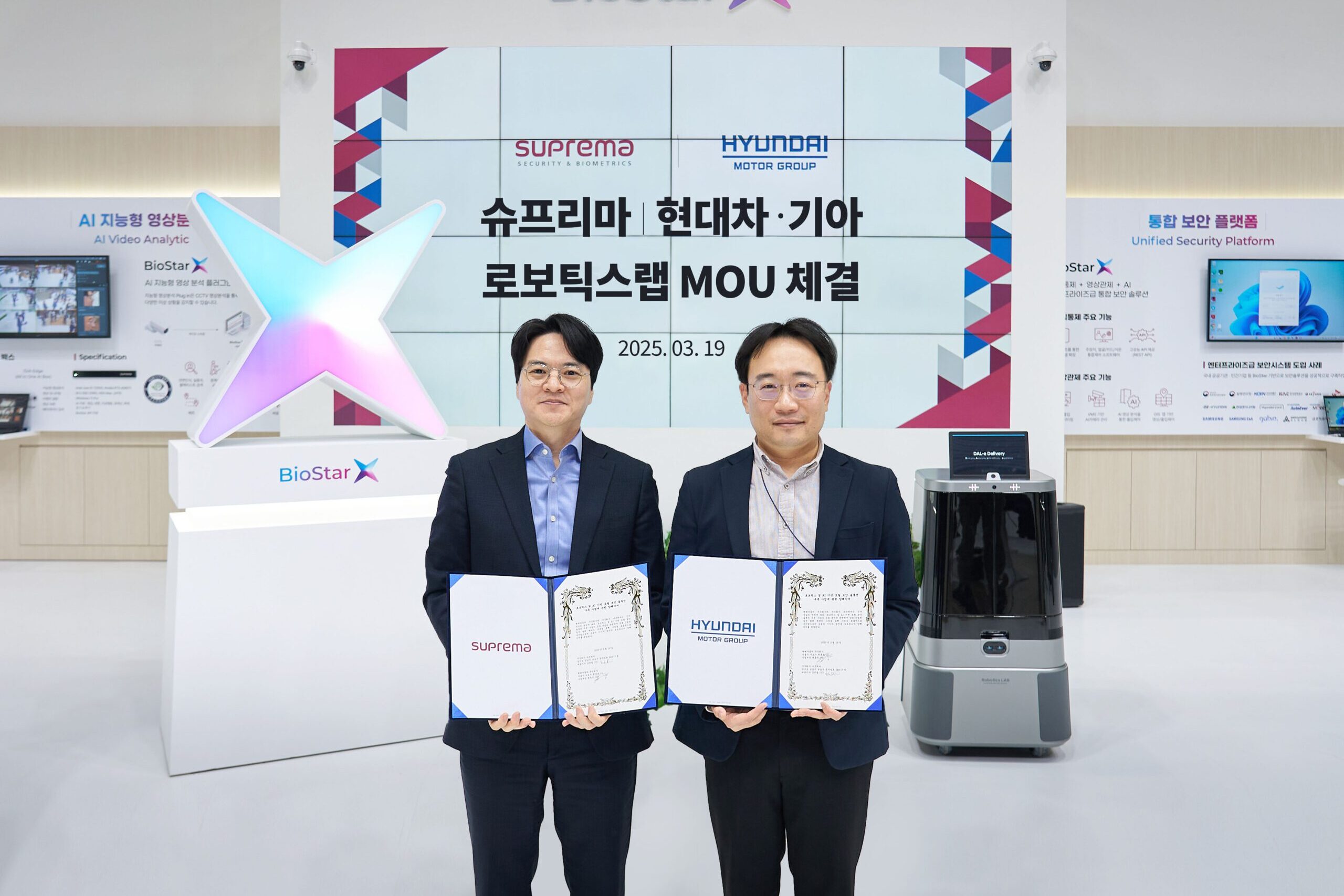
A murder case in Lincoln was finally cracked when CCTV clips gathered from across three different counties were exhaustingly pieced together to prove the accused were at the crime scene.
Two men, Rocky Curtis, 25, and Robert Holmes, 24, both from Wisbech, Cambridgeshire, were convicted at Nottingham Crown Court of the murder of 70-year-old Sonny Grey in Lincoln.
The two have been sentenced to life imprisonment, despite initially claiming they were nowhere near Grey’s Westwick Gardens address when he was beaten, throttled and tortured with a kettle in October 2011.
Initially there was not enough evidence to link the killers, and Curtis’s older brother Tom, now deceased, to the offence but police pieced together footage from hundreds of CCTV cameras to prove their presence at the crime scene.
In total, 25 clips, some containing split-second glimpses of the men, were taken from the CCTV footage and able to be pieced together to show the men driving from Wisbech, Cambridgeshire, to Lincoln in a Volkswagen Toureg and parking around the corner from Grey’s home.
It also showed the killers walking towards the crime scene, then running back to the car.
Detective Constable Adam Battersby and the team investigating the murder spent months gathering CCTV footage from councils, petrol stations, off licenses, fast food outlets and convenience stores and examining the tapes to link together a map of the suspects’ movements.
DC Battersby told SecurityNewsDesk he researched and visited every location on the 60-mile route the car took between Wisbech and Lincoln to gather hours of CCTV footage which could be trawled for possible clues.
It became apparent from the first CCTV image closest to the scene they were interested in the VW Toureg so they were able to work outwards and follow a general route on foot, and then in vehicles as the journey crossed several county boundaries, to identify and get access to as much CCTV footage available from locations across the path.
He said: “It got to the point where along the A15 I Googled and phoned up every petrol station and looked them up to ask if they have CCTV and can I collect it. Then I drove that route and looked for others which weren’t on Google maps and collected the footage from those I had talked to on the phone.”
Battersby then started the process of examining all the tapes to track the vehicle’s movements, using good-quality camera footage as reference points, doing time checks to make sure it was as accurate as possible, and then re-viewing tapes to test the chain of evidence.

Explaining the process, he said: “You first see it [the vehicle] near the offence and then you follow it outwards so, for example, you cover the cameras at route A and if you don’t see it go through you know it hasn’t come from that direction so it has to have come from that way or that way.
“So you look at the other camera and it passes that camera so you go out and – it can either go that way or that way – the same process again. It’s a constant process of elimination and eventually you end up with the route.”
The clips produced in court proved decisive in convicting the men as it showed a connection between the suspects and the crime scene. Distinctive aspects of their clothing taken from high-quality footage of the three men when they stopped at a petrol station on their way home matched with blurrier images of three men approaching the crime scene and then sprinting back to their vehicle.
“The analysts took a reference. They took an image of the suspects on CCTV that we knew to be them, it had been identified to be them at Winthorpe Petrol Station 15 or 20 minutes after the offence allegedly took place,” said Battersby.
“Then they took all the distinctive detail on their clothing there and then enhanced the imaging from the three people walking to and running away from and found consistencies.
“We could see it on the blurry images running away and we can also see it on a really good image of them going into Winthorpe. That was the connection.”
Battersby said that, despite the controversy surrounding the cameras, CCTV evidence is “irrefutable” and is becoming an increasingly valuable tool for fighting crime.
He stated: “Even for basic offences like shoplifters, shops will have good images of people and it is irrefutable. You show them the CCTV and ask them to explain it, and most of the time they can’t. It goes the same way all the levels of offences, up to murder.
“Its benefits as a crime-fighting tool are clear to see. It’s a witness that can never be wrong in its description.”


